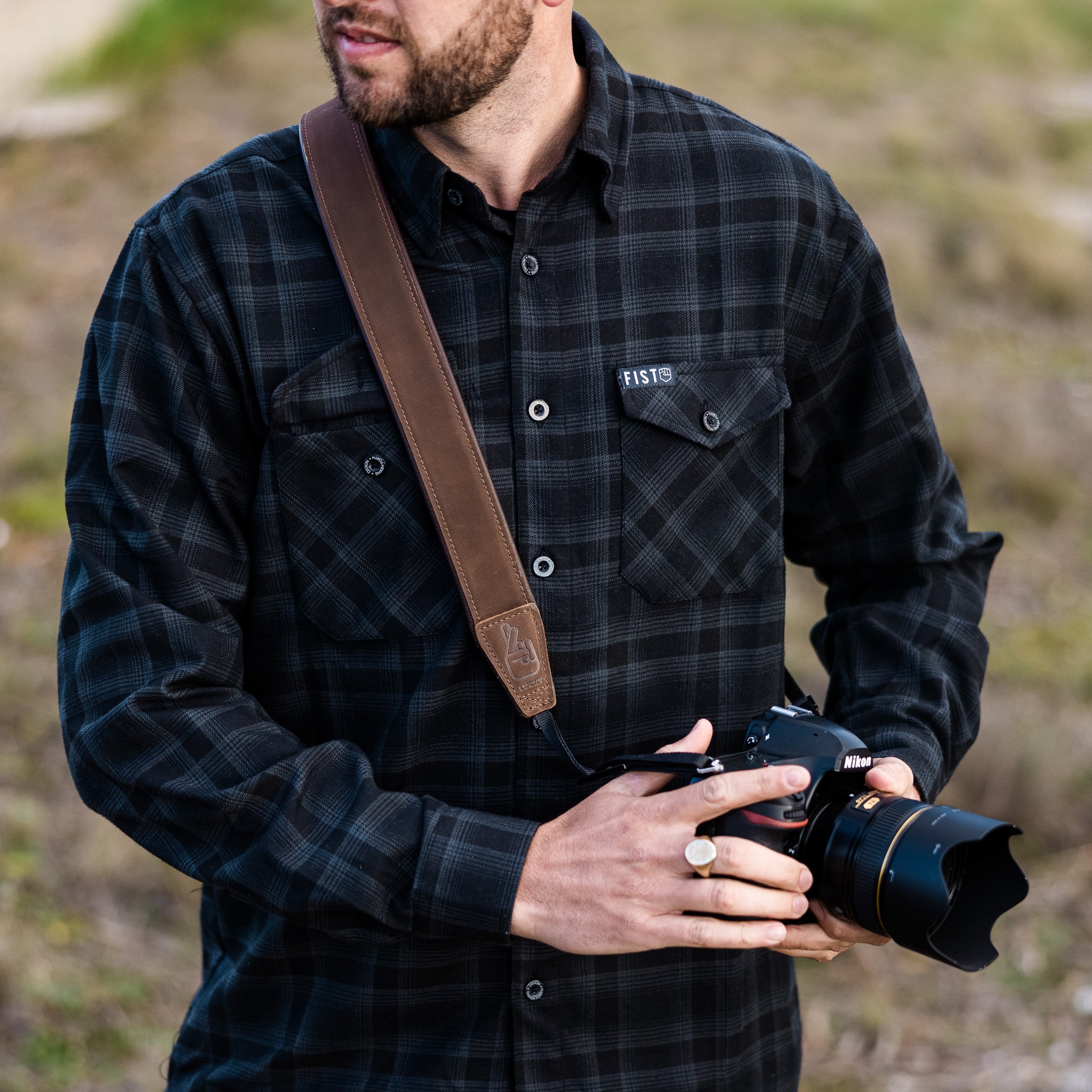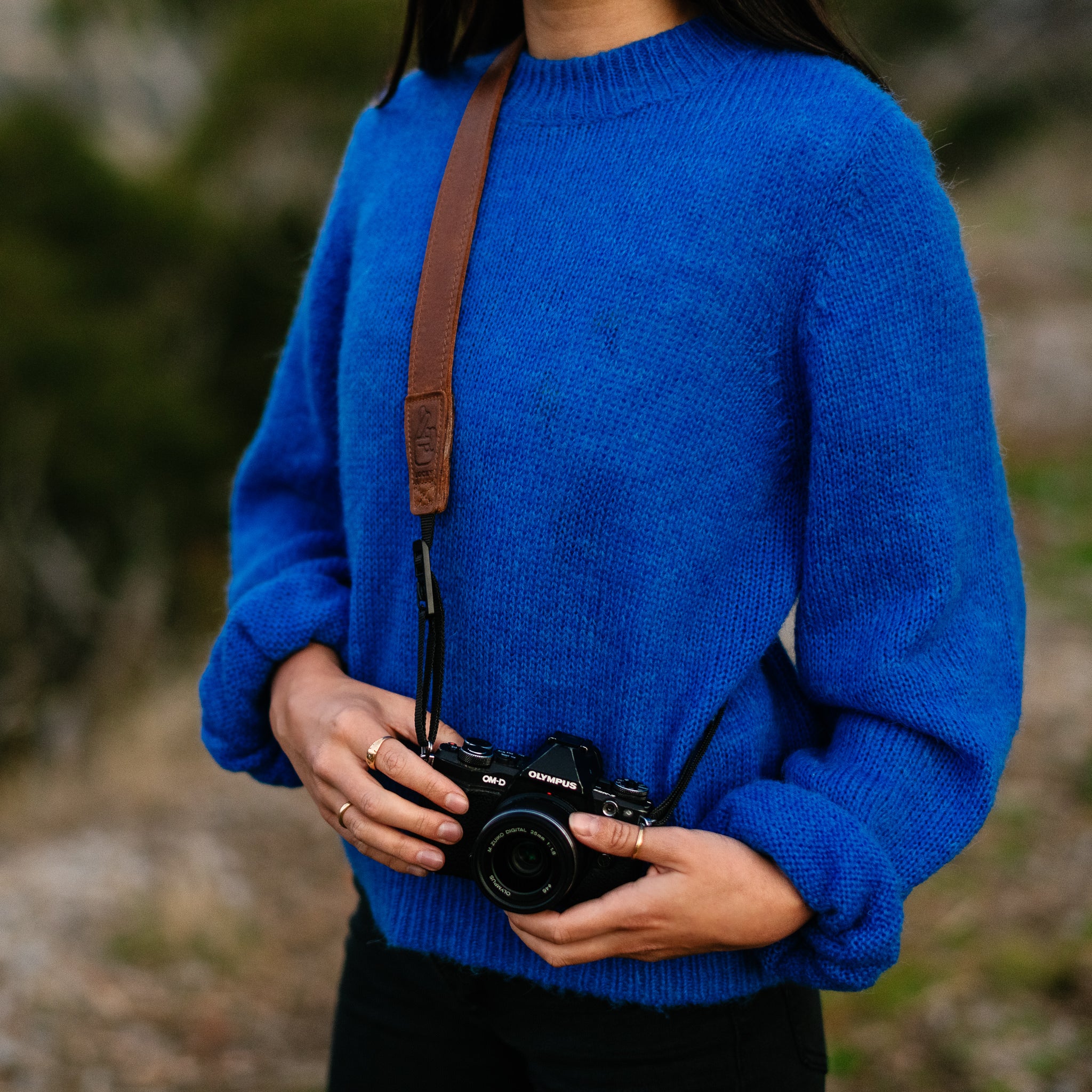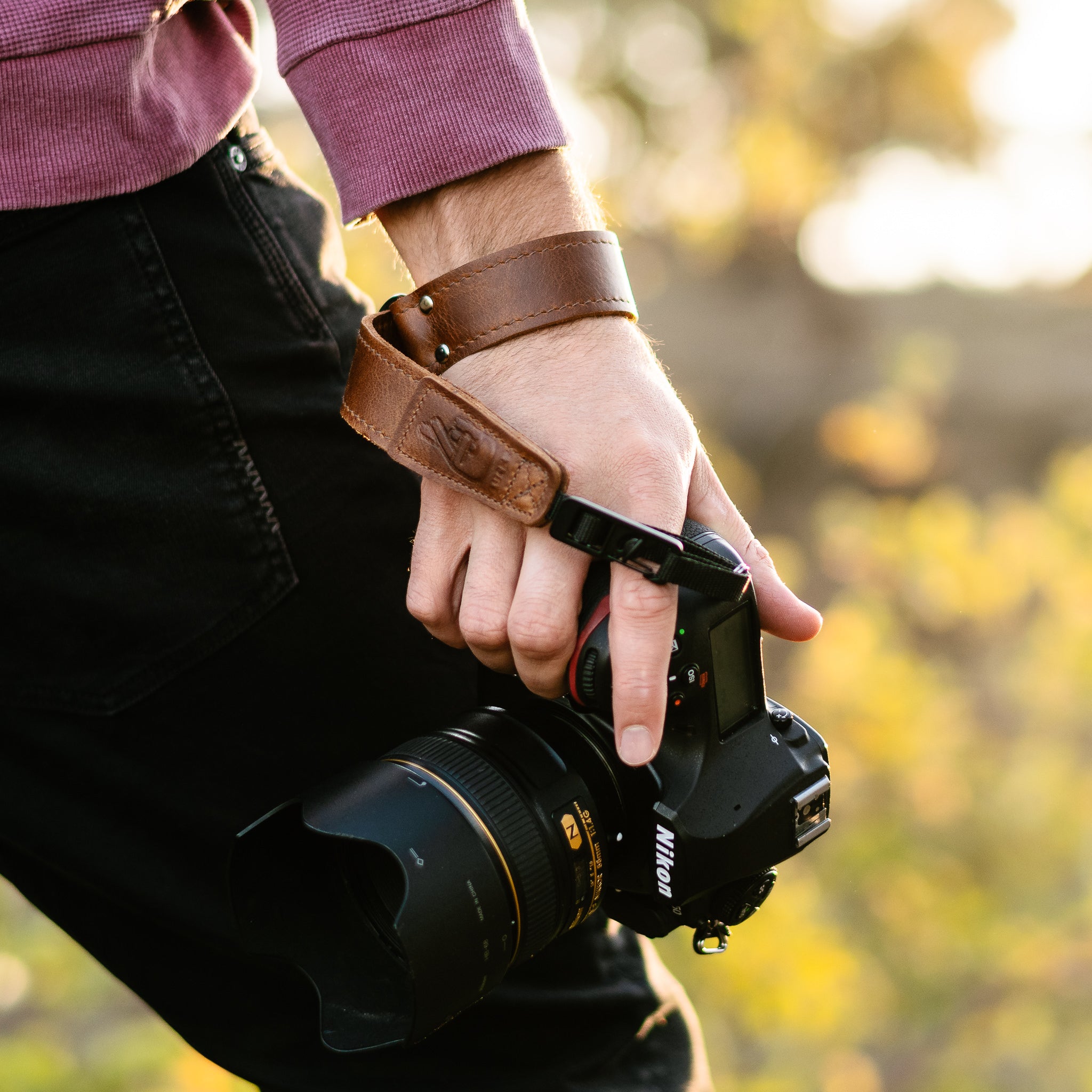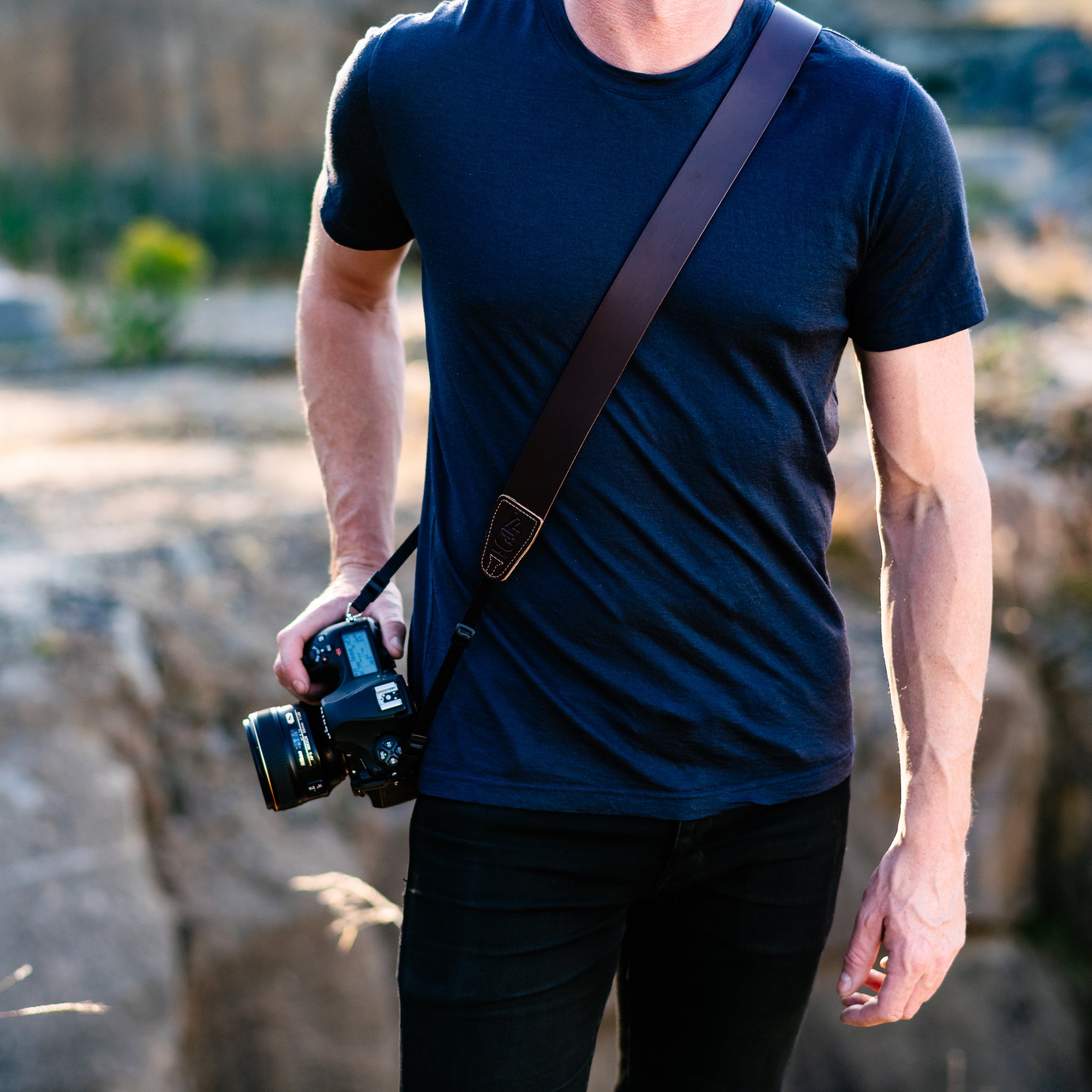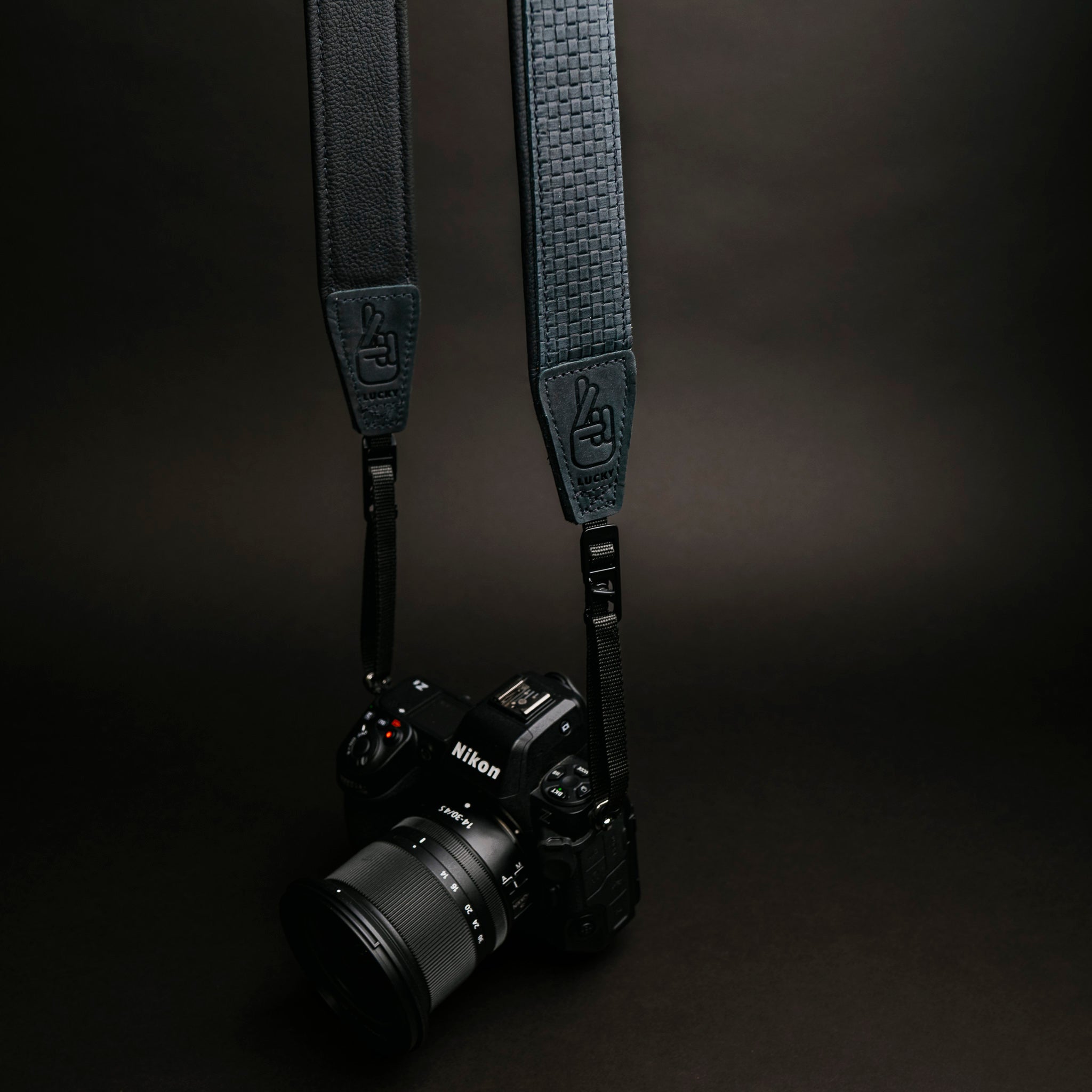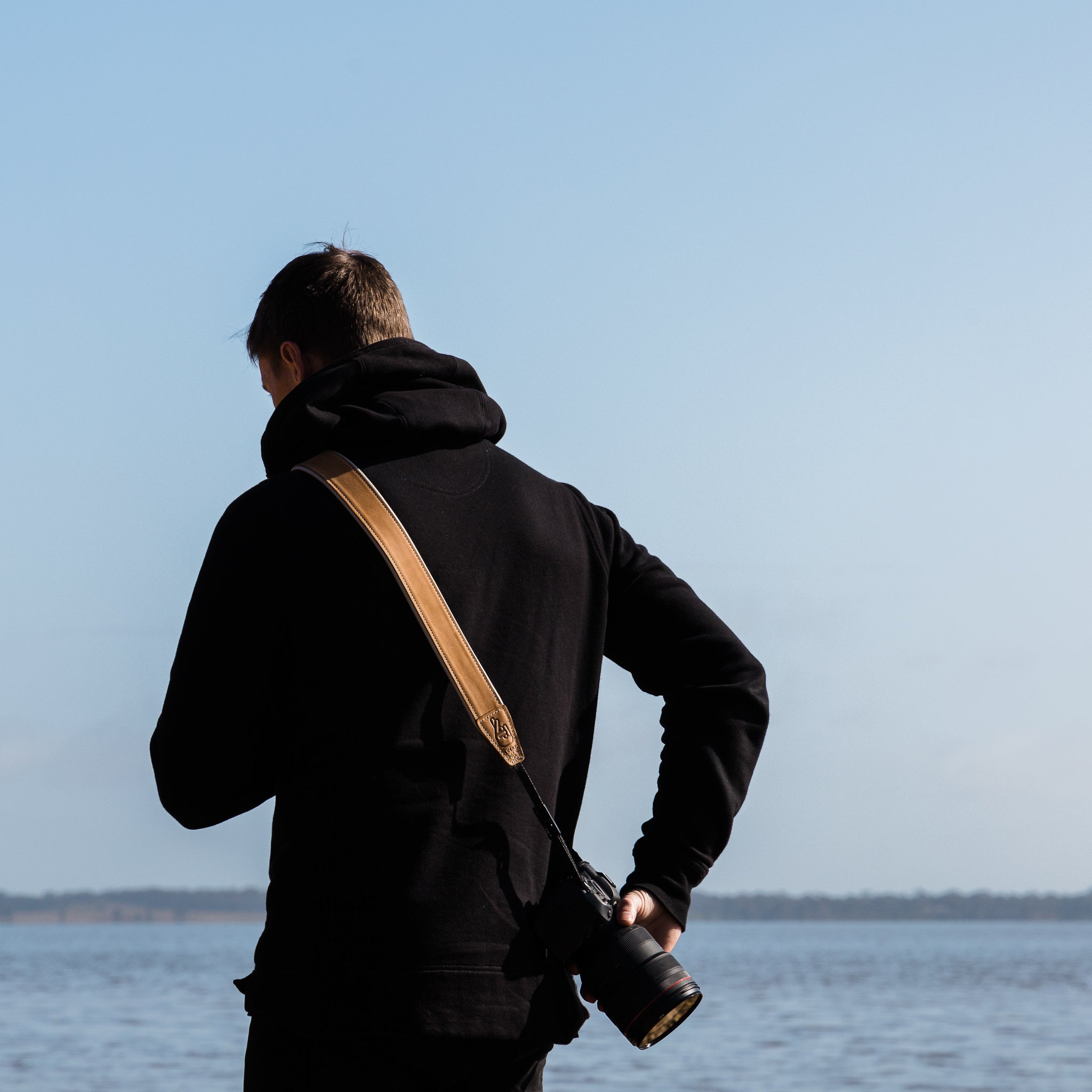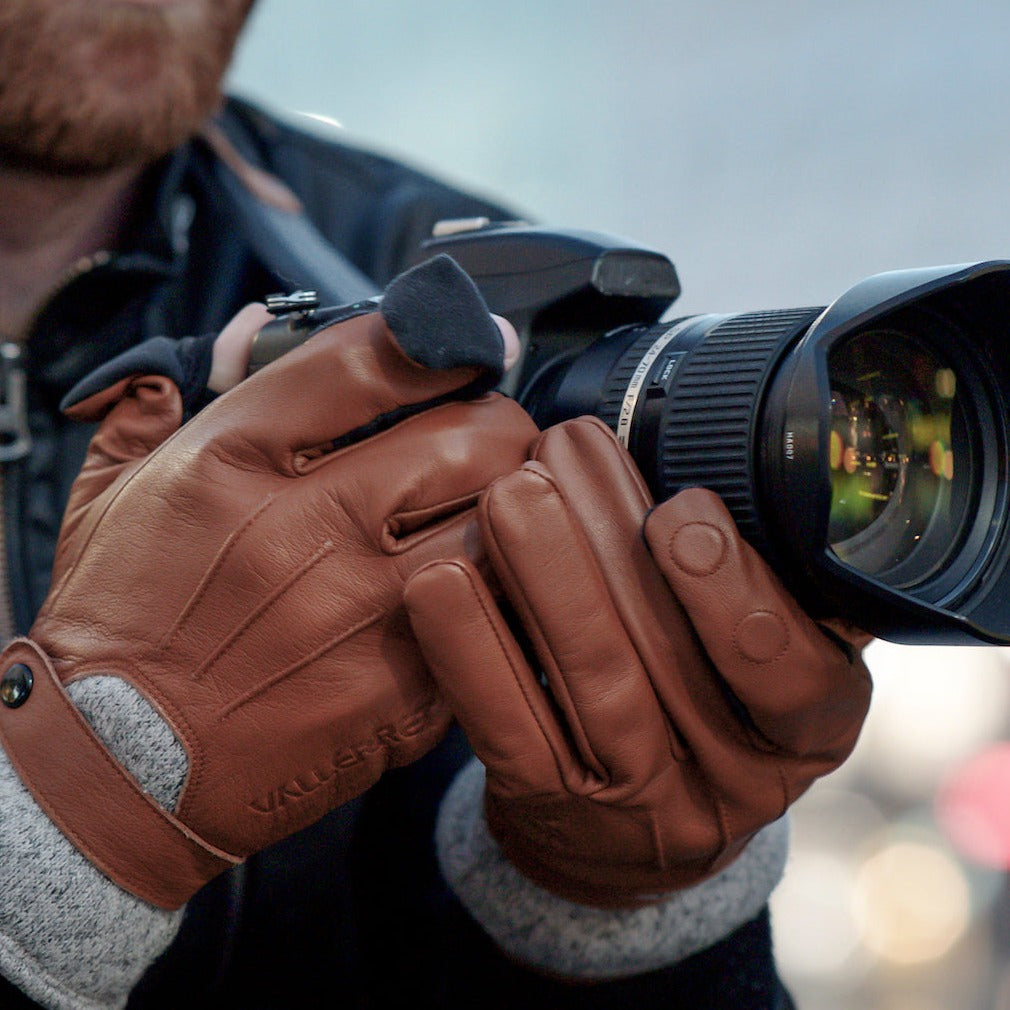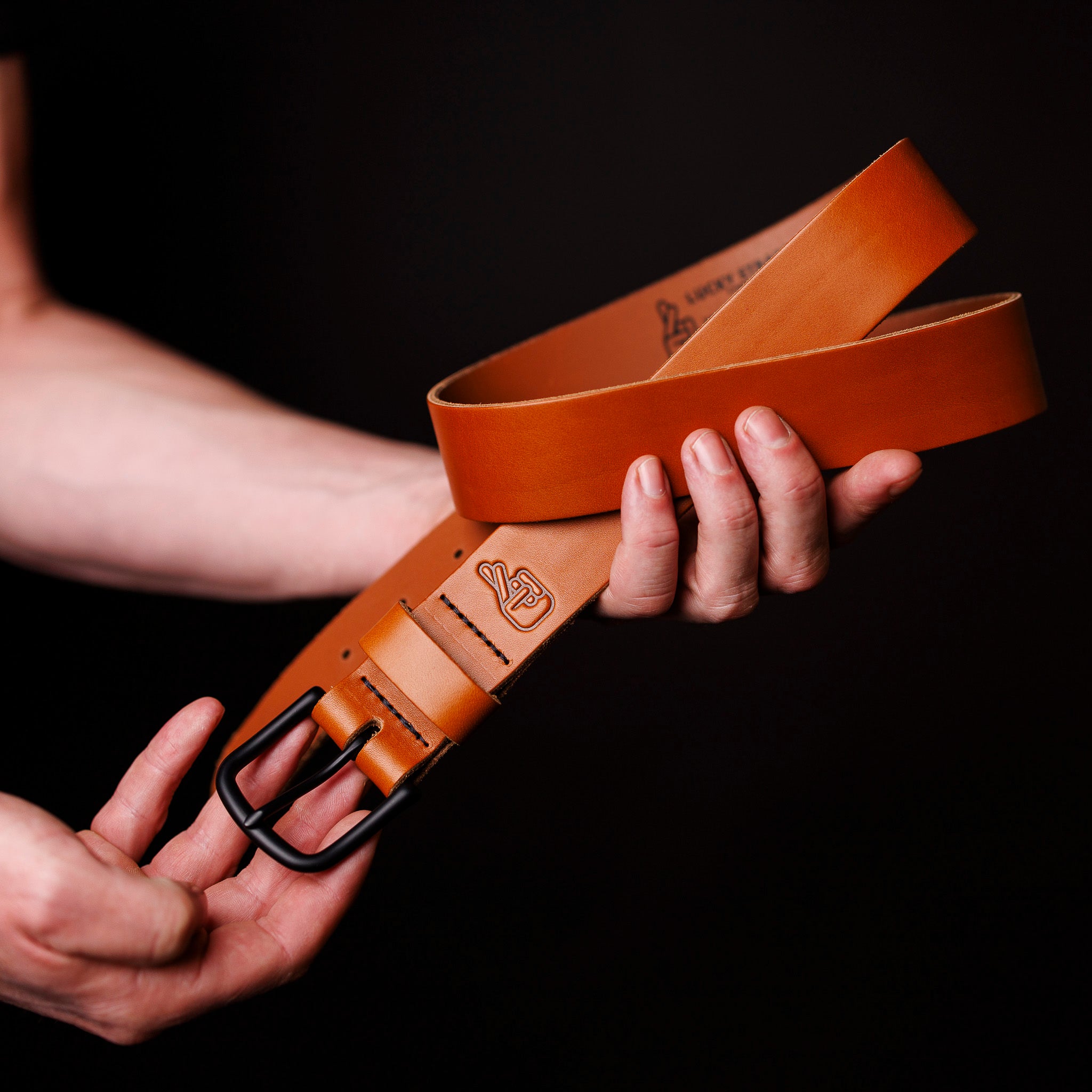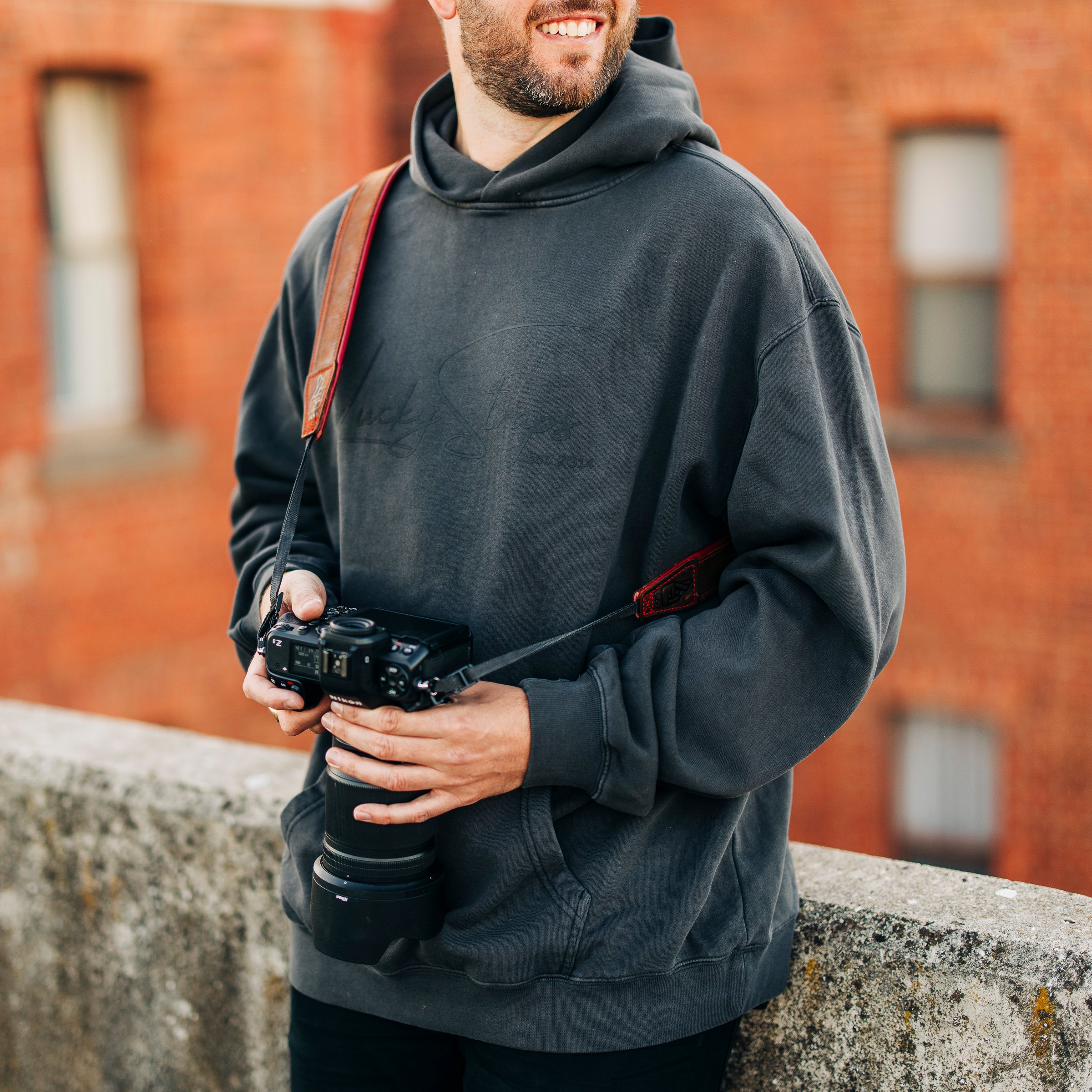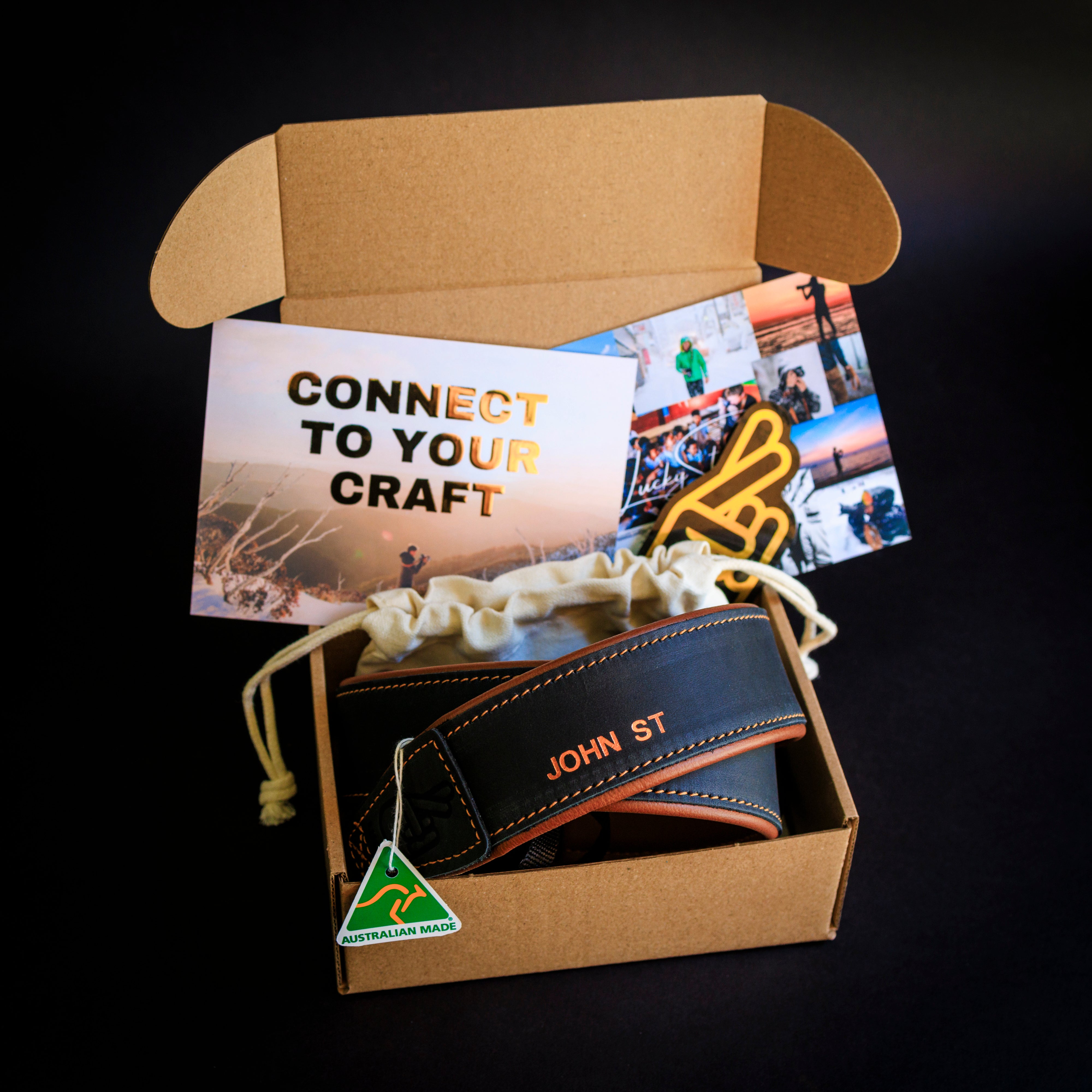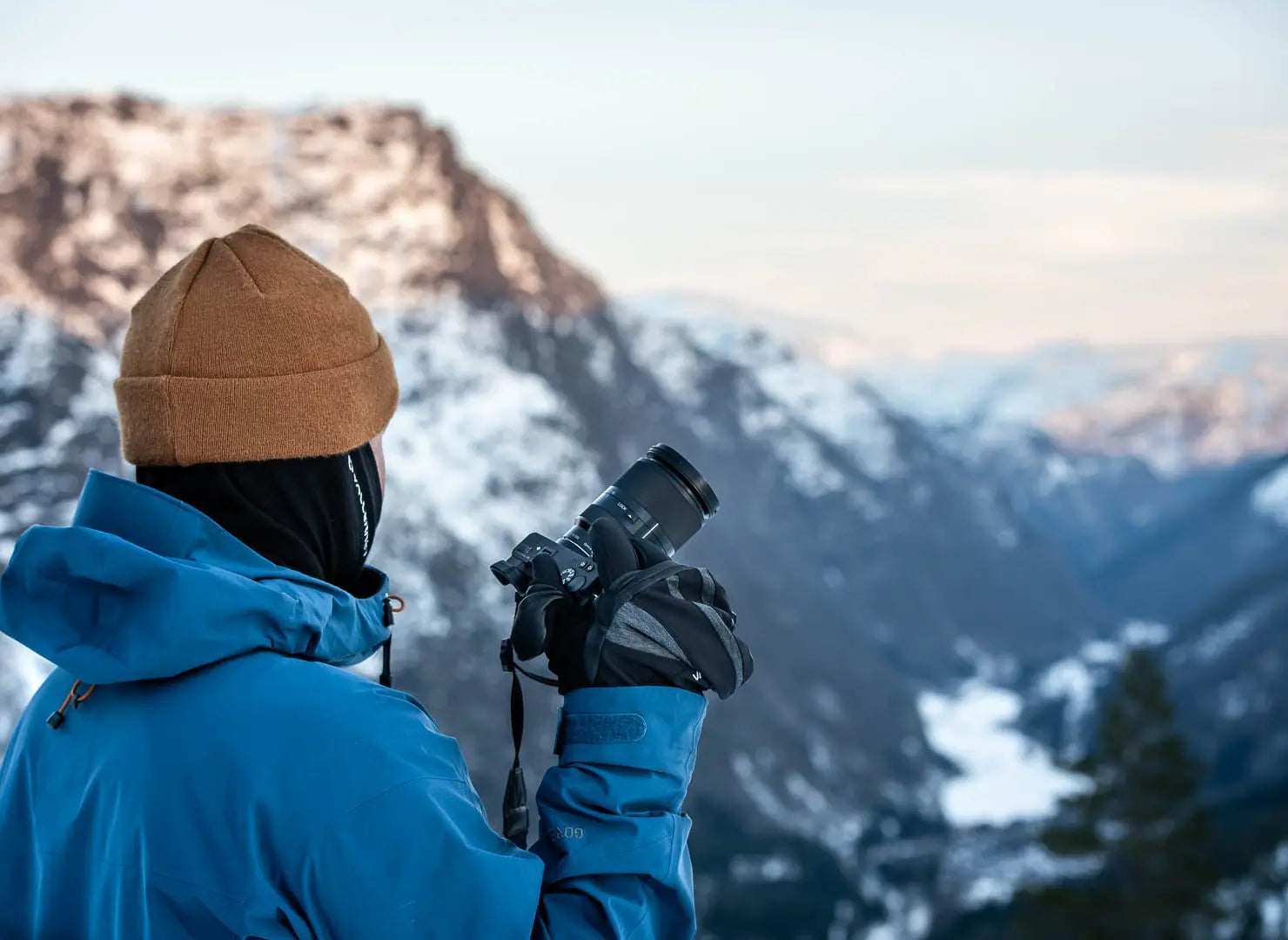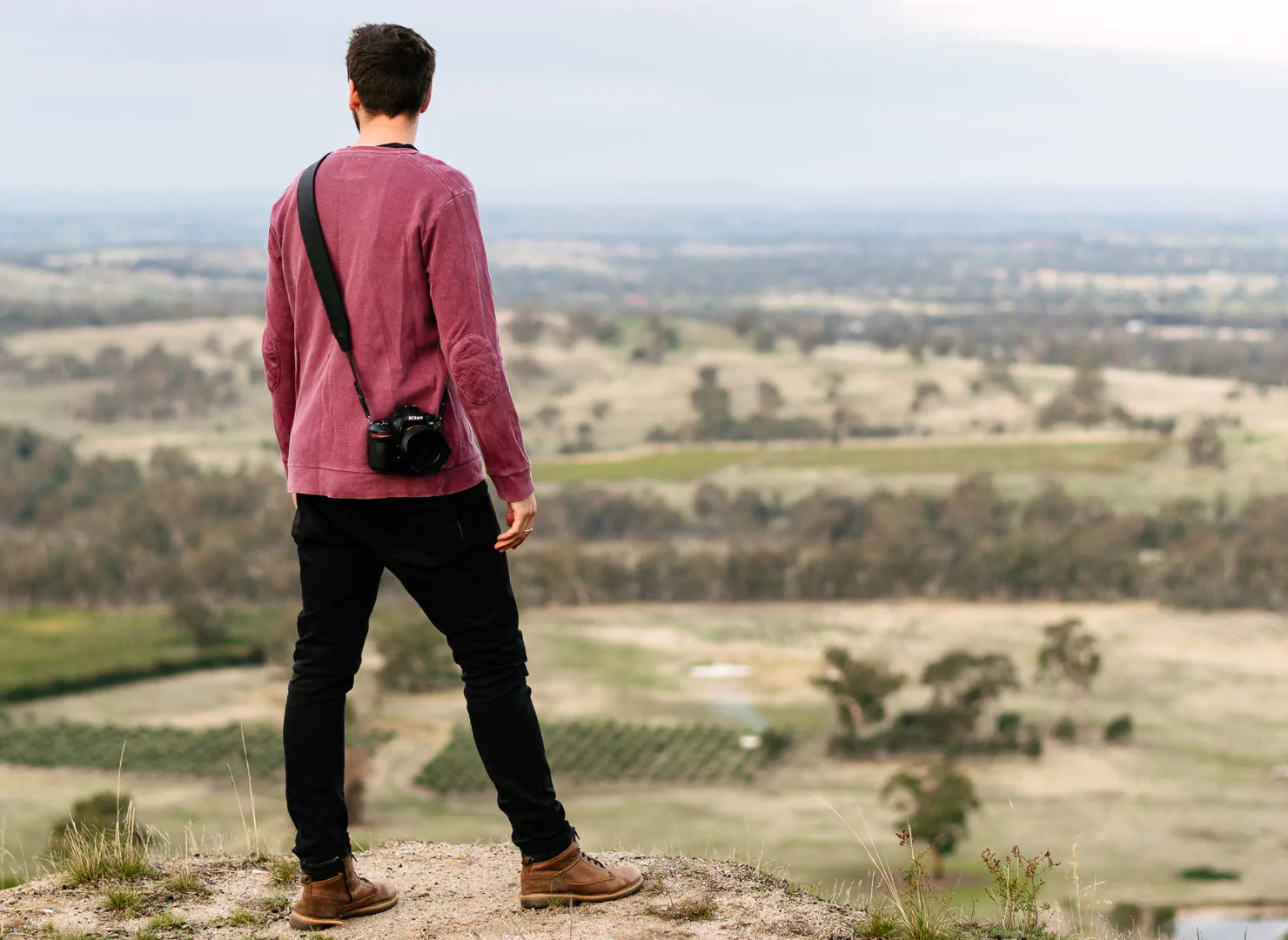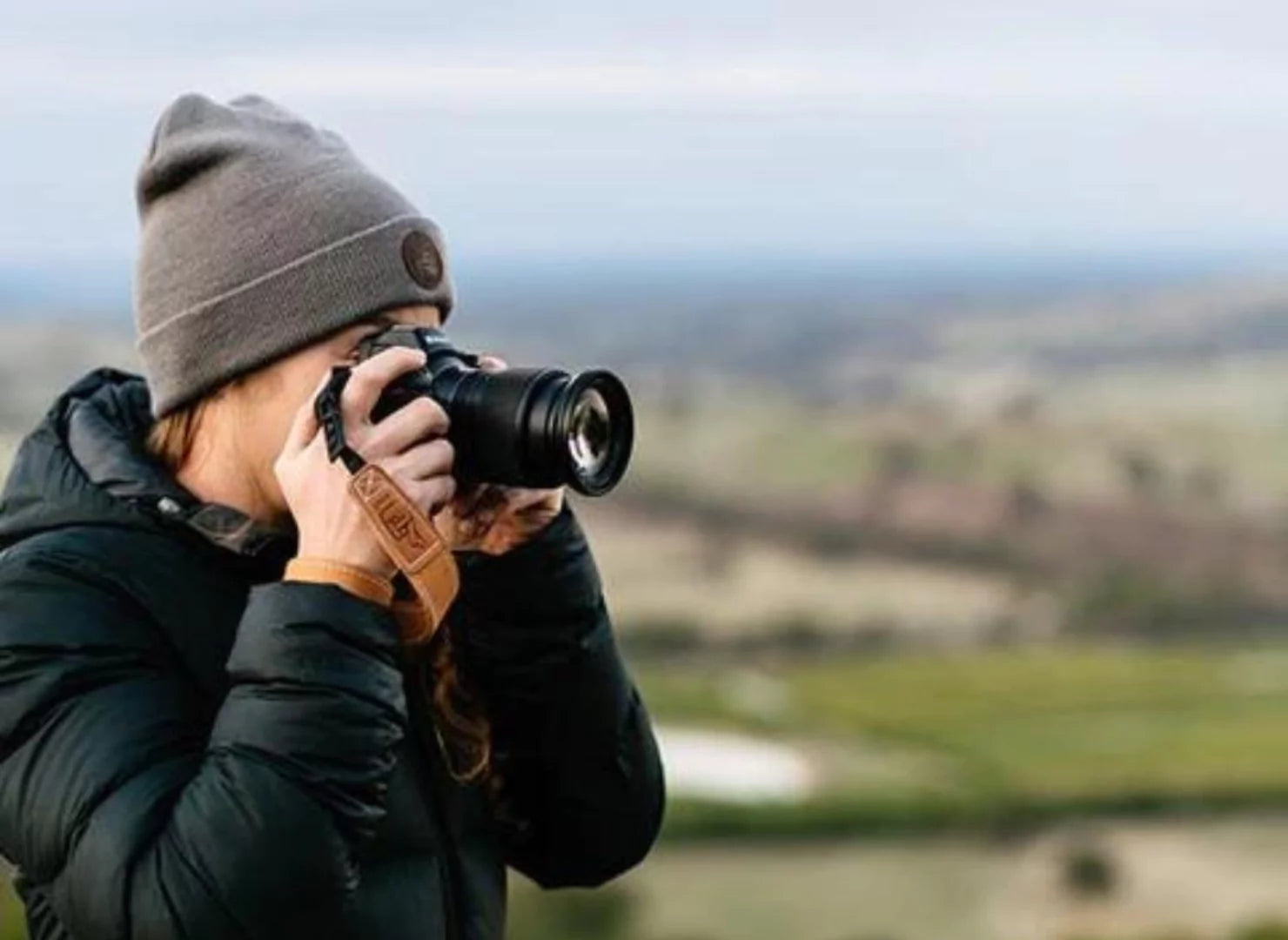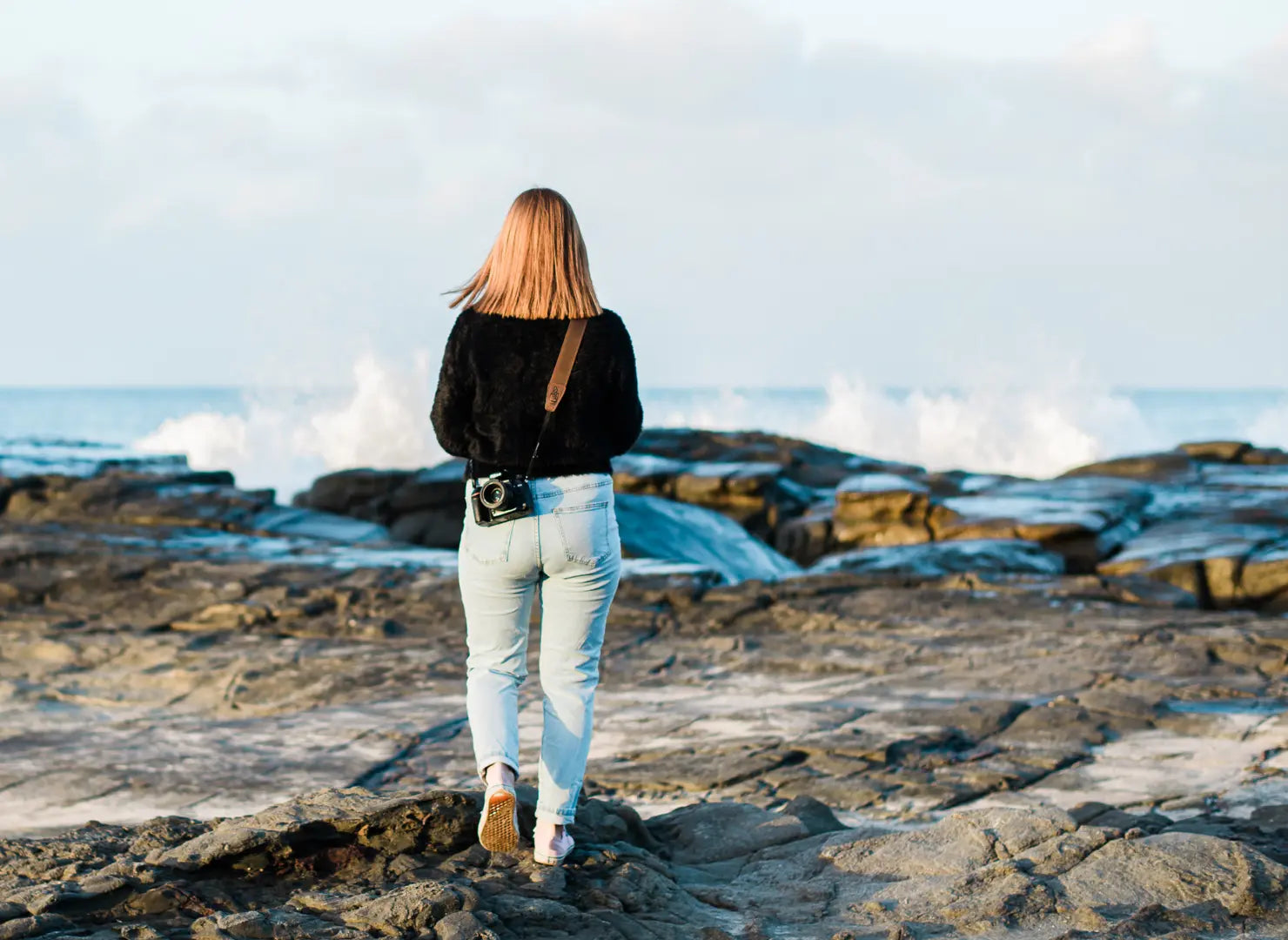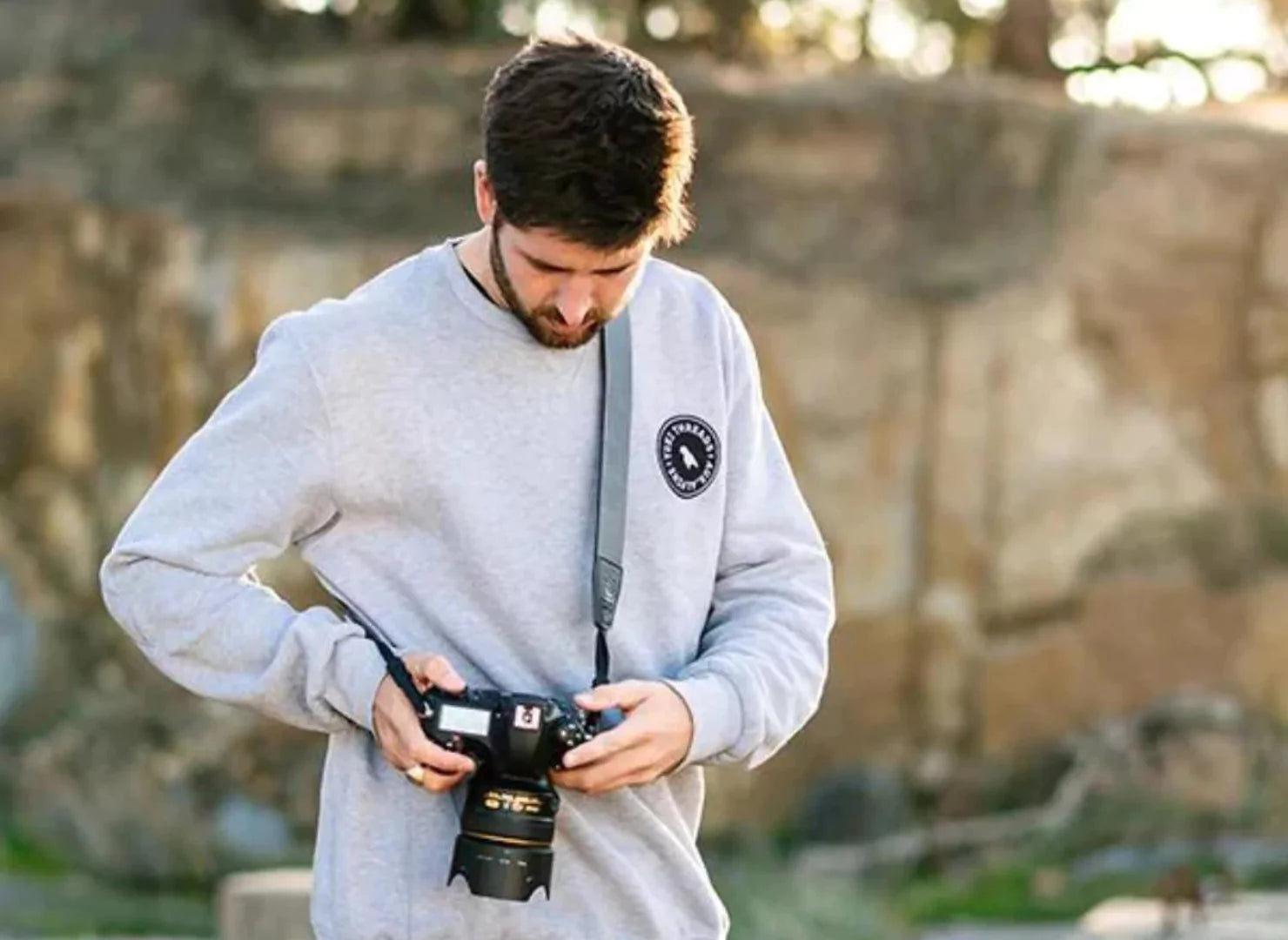Modern mirrorless and DSLR cameras have accurate metering, sophisticated sensors, and state-of-the-art processing power, so how come your photos don’t always meet your expectations? Setting the camera to Auto Mode almost guarantees your photos are well-exposed and sharp, but now and then, tricky lighting conditions can fool a camera into disappointing outcomes. And it won’t know when to freeze action or create a blurred effect to show movement. So, what can you do?

The Main Camera Modes
When your photos don’t turn out as expected, you have to turn away from the Auto settings and make exposure decisions for yourself. Fortunately, when you are ready to take control of your photography, excellent options are available through your camera’s settings. These modes offer you the opportunity to be creative and precise. The Shutter Priority mode (Tv on Canon cameras) allows you to choose from ultra-fast shutter speeds for sport and wildlife photography to a deliberately slow shutter speed to intentionally blur activity to indicate motion.

Aperture Priority mode is used when you want quick and easy control over the depth of field while knowing that the camera will choose the required shutter speed to cope with that choice. Program mode is a mixture of Aperture Priority and Shutter Priority.
The other choice for serious photographers is Manual mode. With this setting, you have to work out the aperture and shutter speed while making sure you are not overexposing or underexposing the photo. In Manual mode, you have complete creative control and can give your photos whatever look and feel you desire.
Auto Vs Manual
The Automatic and Manual mode on a camera has similarities to driving a car. In an automatic car, you select Drive, push the accelerator to the floor, and the car’s gearbox does the rest. When you choose Auto on a camera, you set your focus, and the camera makes all the decisions about shutter speed and aperture. In a manual car, however, after selecting a gear, you have to balance the release of the clutch while you push the accelerator pedal to drive away. When you choose Manual mode on a camera, you need to balance the shutter speed, aperture and ISO to ensure a well-exposed shot. Only after these adjustments are made can you set your focus and press the shutter.
Why Choose Manual Mode?
The semi-automatic modes give you some control over how a photo will look, but the Manual mode covers all the bases. Imagine you are at a car race, and you want to capture images of the cars as they zoom past. Auto mode will choose an ISO appropriate for the amount of daylight you are enjoying; it will also select an average aperture and a shutter speed that meets the requirements of a well-exposed shot. But the shutter speed will probably be too slow to stop the car from being blurred.
If you choose Shutter Priority instead, you can set the shutter to an appropriate rate, such as 1/1000 second. You probably want an image with fine detail, so you must have the ISO at 100 or 200. With these chosen settings, on a sunny day, the camera will set the aperture wide open to cope with the small amount of light coming through the shutter.

This is fine if you want to blur the background, so the viewer’s eyes are drawn to the car; however, if you also want to see your friends in the grandstand behind the race car, you need to make some adjustments. And this sort of manipulation is only available through Manual mode. In Manual mode, you can choose a high shutter speed and a narrow aperture (for greater depth of field), and while looking through your viewfinder, you increase the ISO until the light meter shows you have a balanced exposure.
Tip: Whether at a car race or doing a walking tour of a city, replace the standard neck strap on your camera with a leather camera strap. The Deluxe 45 Padded Leather Camera Strap is a favourite with photographers because its padding makes it comfortable to wear all day. This genuine leather strap is longer than a stock camera strap, so you can wear it across your body like a sling rather than around your neck. If you find yourself in a studio environment, consider the Lucky Camera Wrist Strap. If your camera stays in your hand while you do most of your shooting, this strap will give you peace of mind in the rare case you might lose your grip.

Manual Mode for Tricky Lighting
In Auto mode, cameras are easily fooled into poor choices when faced with odd lighting. For example, if you are photographing people standing on a hill and the bulk of the frame is filled with the hill, the camera will set itself to expose the hill adequately, and the sky above will be washed out. If you intend to have a silhouette effect while featuring the clouds, you can use Manual mode to keep a low ISO (for fine grain), a narrow aperture (so all of the scene is in focus) and a high shutter speed to darken the subject as much as possible. Manual mode allows you to deliberately underexpose or overexpose a shot for creative effect.
You can test the benefits of Manual mode the next time you are at the beach on a sunny day. Set your camera to the Automatic setting and take a photo of a friend sitting on the white sand. It’s likely to be underexposed because the beach’s brightness will fool the camera into darkening the image to make it more uniform. Now switch to Manual mode. Choose a low ISO to cope with the brightness, set the aperture to your desired depth of field, and check the light meter in the viewfinder as you adjust the shutter speed. Make the shutter speed slow enough so you overexpose the whole image by a few stops. This will overrule what the camera needs and give you a fantastic photo of your friend.
Manual Mode for Studio Photography
You must know how to use Manual mode when you want to do studio photography. Using studio lighting requires different camera settings compared to outdoor photography. When doing portraits in a studio, you generally keep the ISO as low as possible to offer a finely detailed shot. The camera’s shutter speed has to synchronise with the flash/strobe lights, so it is set between 1/60th and 1/125th of a second. And you adjust the aperture to suit the depth of field required to separate the subject from the background. Changing the intensity of the light is determined through the power units on the flash/strobe combined with the proximity of the lights to the subject. You can’t maintain all of these settings if the camera is in the Automatic or one of the semi-automatic modes.

When Should You Avoid Manual Mode?
As you can imagine, considering which ISO, shutter speed and aperture to use every time you aim your camera in a different direction can be tiresome and time-consuming. Manual mode slows down your shooting. Photographing sporting action and doing wildlife photography are subjects where Manual mode is not ideal because each time the subject moves, you have to readjust your settings. Manual mode requires attention to detail to achieve good results, so avoid Manual mode when you have to act fast to get the exposure right, especially when your subject is in various lighting conditions.
The Verdict
Some people think using Manual mode is taking photography to an extreme, but it’s taking photography back to basics. Not long ago, all cameras were fully manual, from loading to focusing and setting the exposure. If you want a better understanding of how photography works, spend time exploring Manual mode and discover how to control the outcome of an image.

